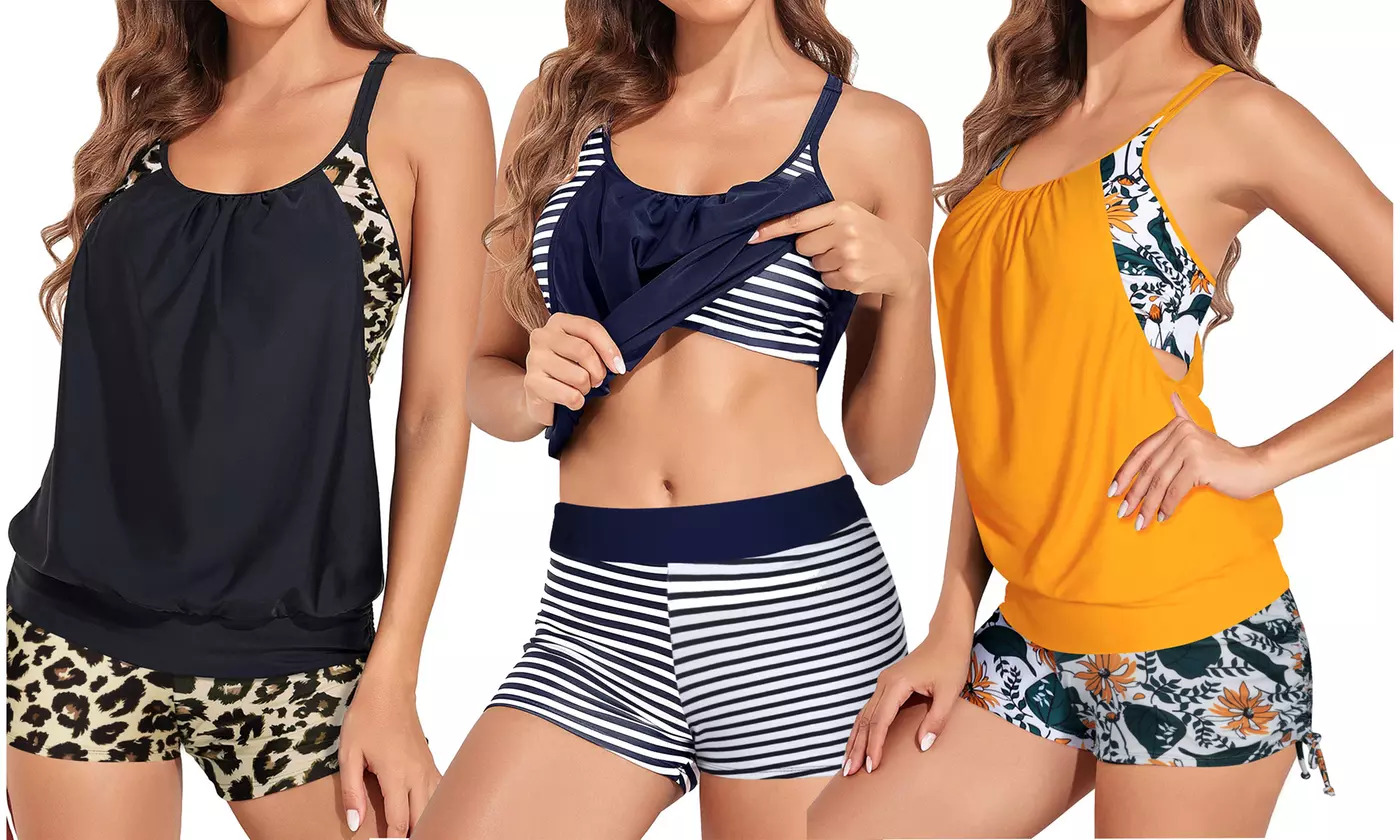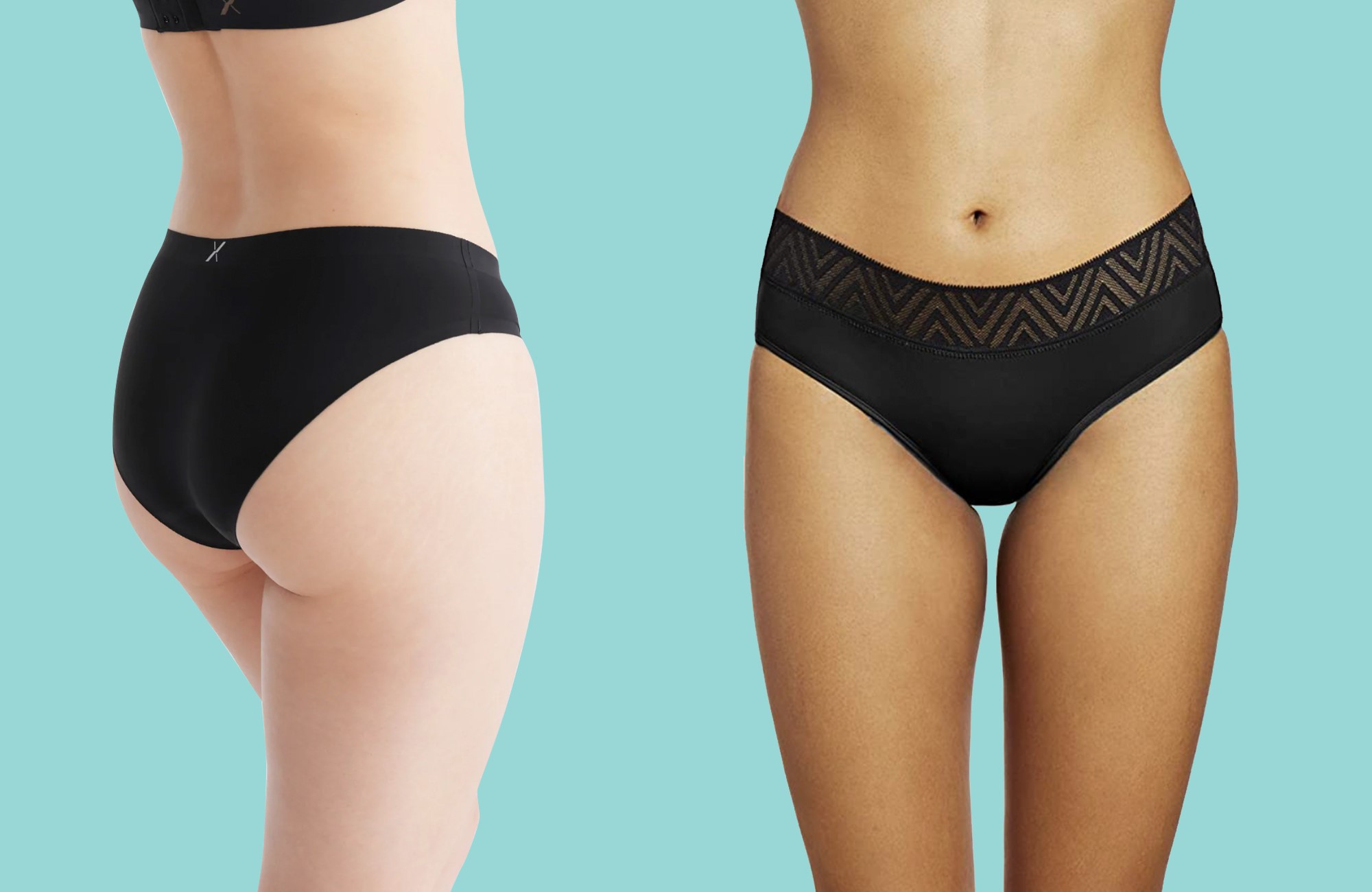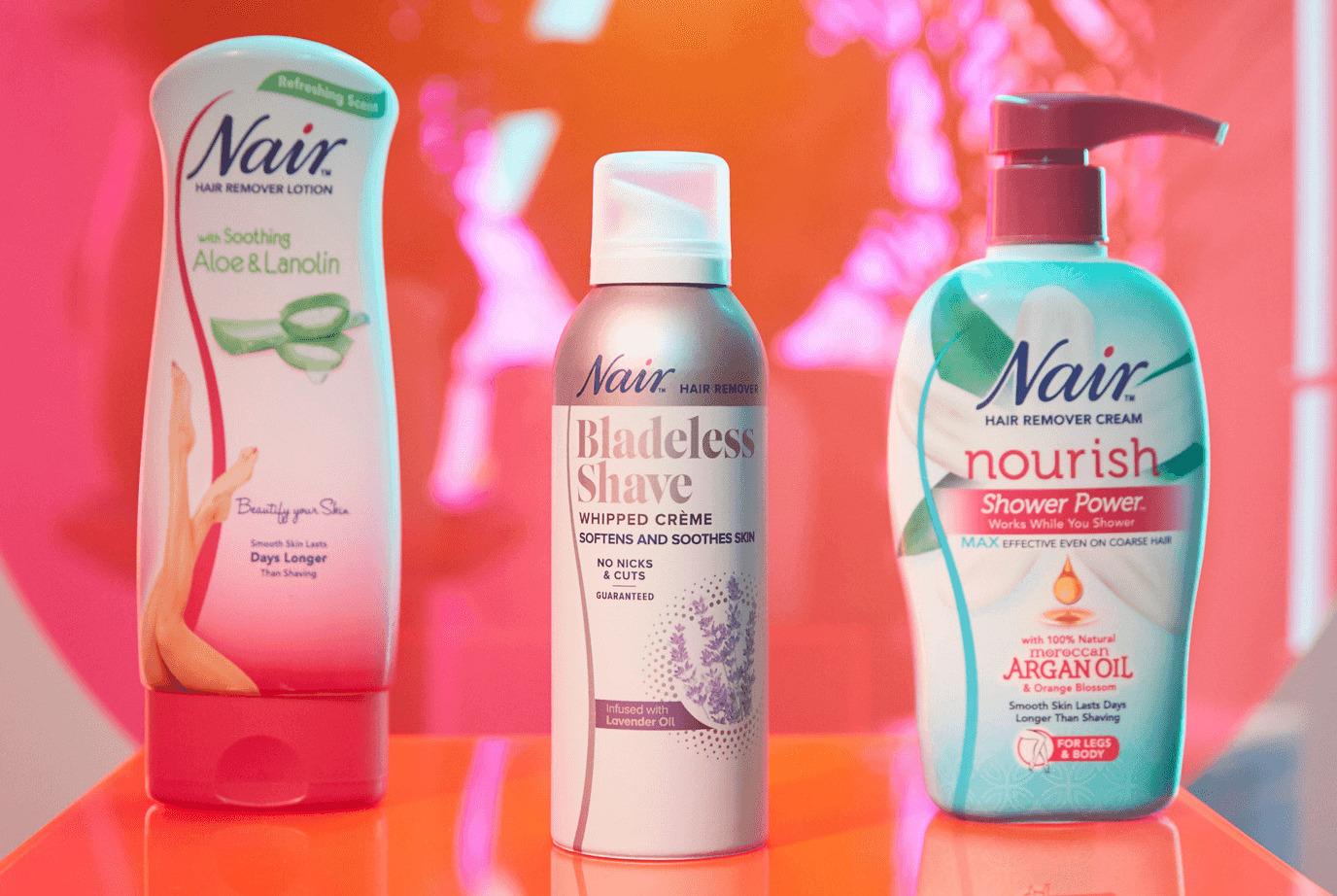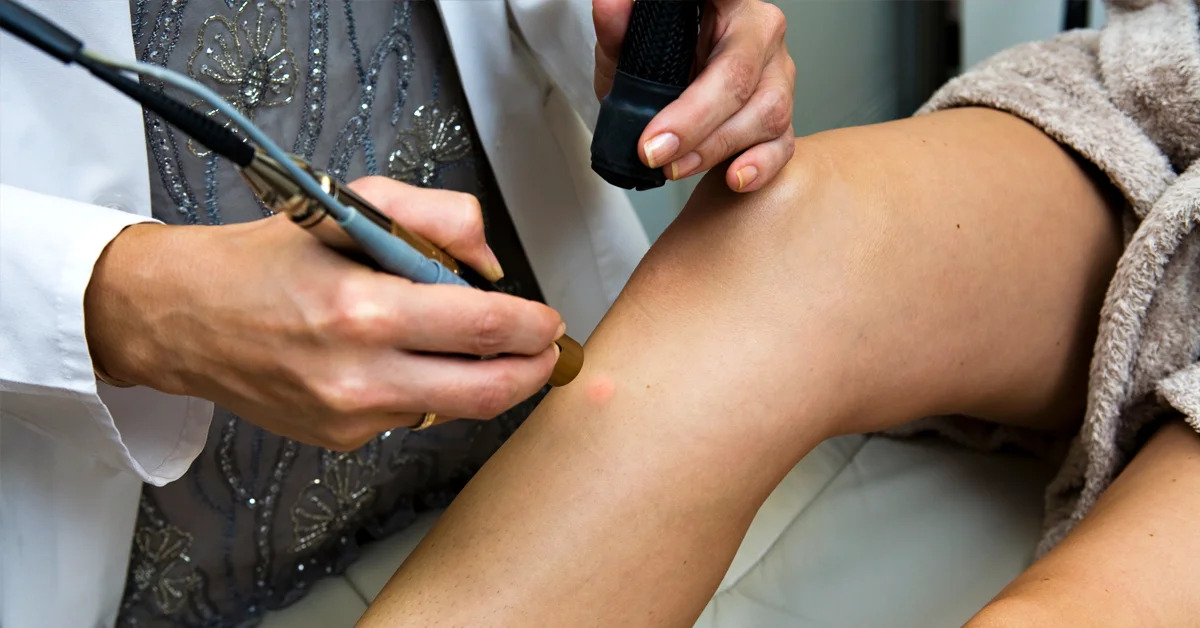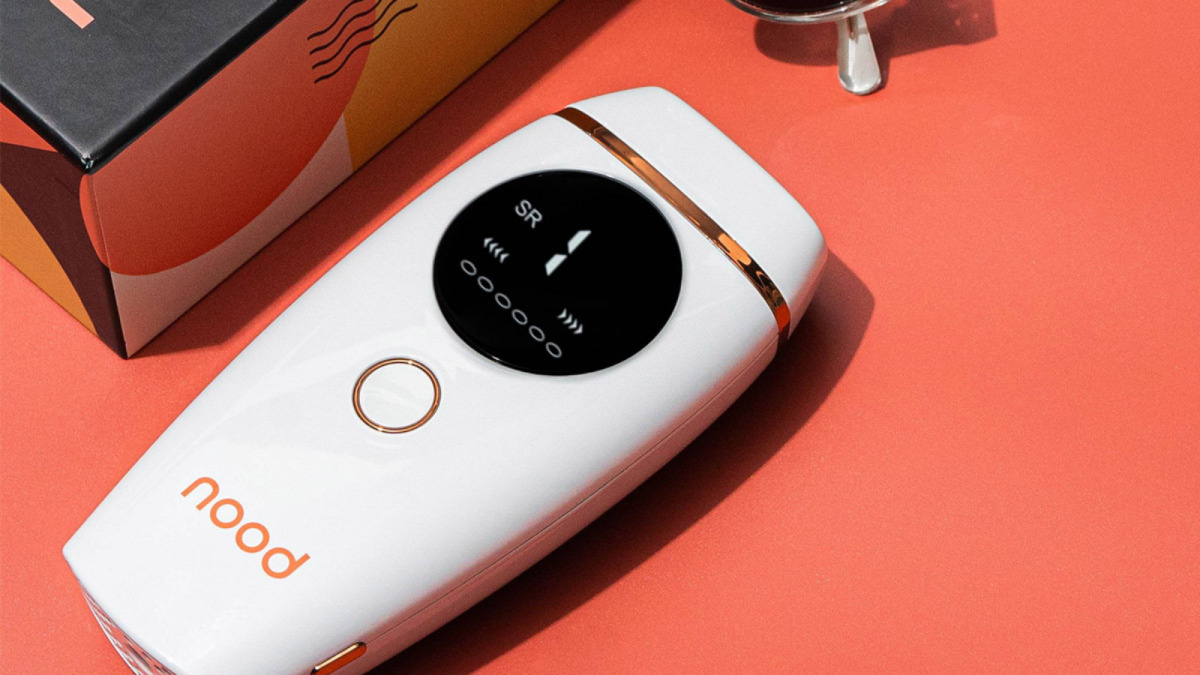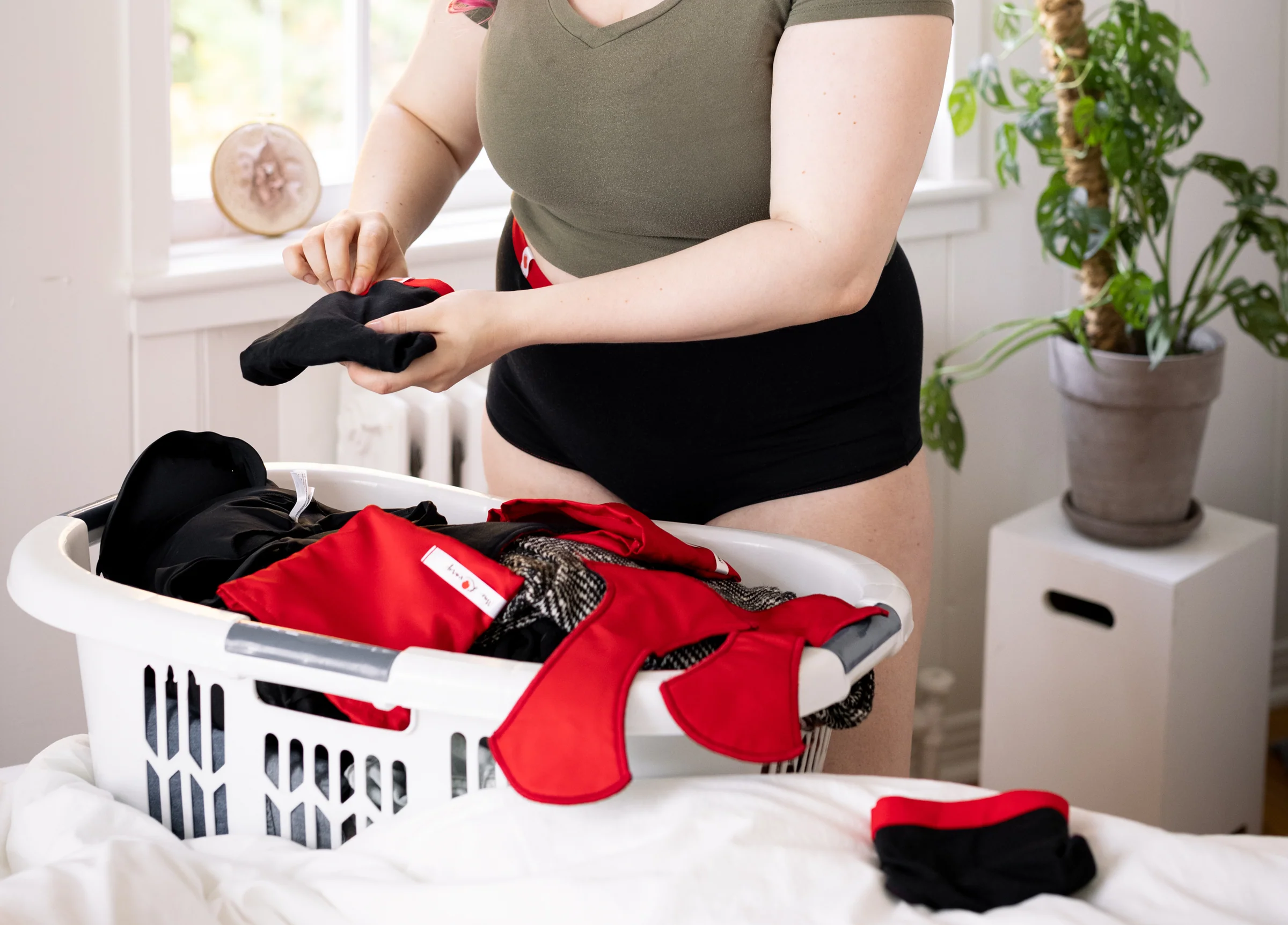Home>Latest Posts>How Do Menstrual Underwear Work
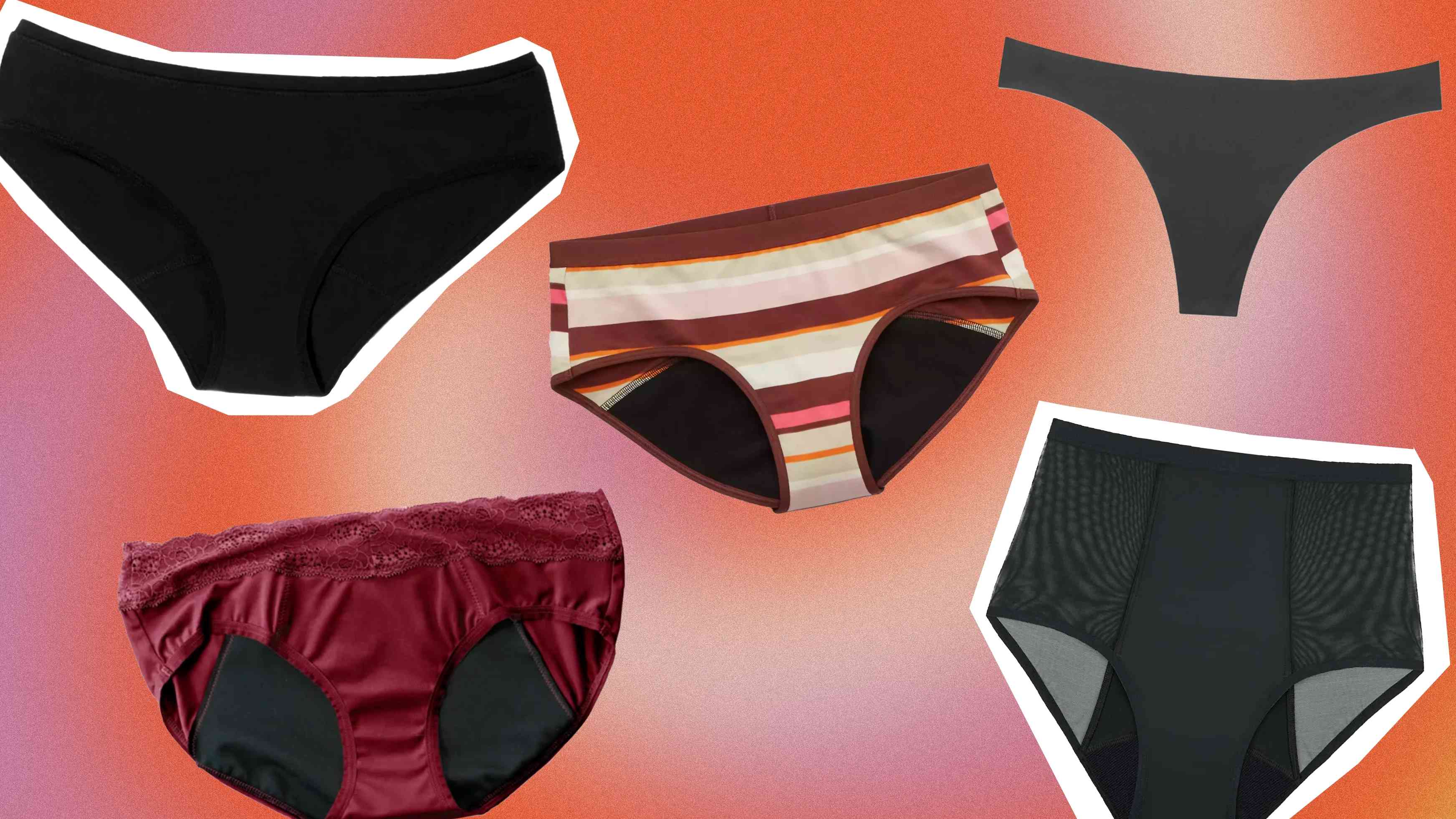

Latest Posts
How Do Menstrual Underwear Work
Modified: September 23, 2023
Discover how menstrual underwear work and their benefits for women. Stay comfortable, confident, and leak-free during your period.
(Many of the links in this article redirect to a specific reviewed product. Your purchase of these products through affiliate links helps to generate commission for Under-tec.com, at no extra cost. Learn more)
Table of Contents
Introduction
Menstrual underwear, also known as period panties, have gained popularity as a sustainable and convenient alternative to traditional menstrual products. Designed to replace disposable pads and tampons, these innovative undergarments are revolutionizing the way women experience their menstrual cycles.
Unlike regular underwear, menstrual underwear are equipped with special absorbent layers that trap and hold menstrual fluid, preventing leaks and providing a sense of comfort and security. They come in various styles and sizes to accommodate different flow levels and personal preferences.
In recent years, there has been a growing interest in menstrual underwear as a solution to reduce waste generated by disposable period products. With each woman using an average of 11,000 tampons or pads in her lifetime, the environmental impact of these conventional options is significant. Menstrual underwear offer an eco-friendly alternative, as they are reusable and can last for years with proper care.
In this article, we will explore how menstrual underwear work, highlighting their absorbency, leak protection, breathability, and odor control features. We will also discuss the pros and cons of using menstrual underwear to help you decide whether they are the right option for you.
What are Menstrual Underwear?
Menstrual underwear are specially designed undergarments that are worn during menstruation to absorb menstrual flow and provide leak protection. They are made from a combination of materials such as organic cotton, bamboo fibers, and high-performance fabrics that are moisture-wicking and breathable.
Unlike traditional pads or tampons, which are inserted or stuck to the vaginal area, menstrual underwear are worn just like regular underwear. They feature built-in absorbent layers that can hold anywhere from 1 to 4 tampons’ worth of menstrual fluid, depending on the brand and style.
One of the key features of menstrual underwear is their ability to prevent leaks. The absorbent layers are strategically placed throughout the underwear, providing coverage from the front to the back. This ensures that the menstrual fluid is absorbed and contained, eliminating the risk of leakage during daily activities, including exercise and sleep.
Menstrual underwear come in a variety of styles, including bikini, briefs, boyshorts, and high-waisted options, catering to different body shapes and preferences. They are available in various absorbency levels, allowing women to choose the most suitable option based on their flow intensity.
Additionally, menstrual underwear are reusable, making them an eco-friendly choice. After use, they can be washed and dried just like regular underwear, ready to be worn again. With proper care, a single pair of menstrual underwear can last for several years, reducing the need for disposable period products and minimizing waste.
How Do Menstrual Underwear work?
Menstrual underwear work by incorporating innovative technologies and fabric layers to effectively absorb and manage menstrual flow. The key components that contribute to their functionality include absorbency and leak protection, breathability, and odor control.
Absorbency and Leak Protection: Menstrual underwear are designed with multiple layers of absorbent fabric, typically made of materials like bamboo or microfiber. These layers are strategically placed in the underwear to effectively absorb and lock in menstrual fluid. The absorbent layers can hold varying amounts of fluid, depending on the style and brand of the underwear.
Furthermore, menstrual underwear have a leak-proof barrier, usually made of a waterproof material like polyurethane or PUL (polyurethane laminate), which prevents any leaks from escaping the absorbent layers. This barrier extends from the front to the back of the underwear, providing comprehensive protection throughout the day.
Breathability: Proper air circulation is essential to maintaining freshness and preventing discomfort during menstruation. Menstrual underwear are designed to be breathable, allowing air to flow freely, which helps to reduce the risk of experiencing excessive moisture and potential odor. The use of moisture-wicking fabrics ensures that sweat and moisture are quickly pulled away from the body, keeping the wearer dry and comfortable.
Odor Control: Menstrual fluid typically has a distinct odor, which can be a concern for many women. To address this, menstrual underwear are often treated with antimicrobial agents, such as silver or charcoal, that help to neutralize odors and inhibit the growth of bacteria. This ensures that the underwear remains fresh and odor-free throughout the day.
It’s important to note that the effectiveness of menstrual underwear may vary depending on the brand and style, as well as individual factors such as flow intensity and personal preferences. Some women may find that they need to change their menstrual underwear more frequently on heavy flow days, while others may require additional backup options, such as reusable cloth pads, for extra assurance.
Absorbency and Leak Protection
Absorbency and leak protection are vital aspects of menstrual underwear that ensure a worry-free and comfortable experience during menstruation. Menstrual underwear utilize various techniques and fabrics to provide reliable absorption and prevent leaks.
The absorbent layers in menstrual underwear are designed to quickly absorb menstrual fluid and lock it away, keeping the wearer dry and preventing any unwanted leaks. These layers are often made of highly absorbent materials like bamboo, cotton, or microfiber, which can hold significant amounts of fluid.
The absorbency capacity of menstrual underwear varies depending on the brand and style. Some styles may have higher absorbency levels and can hold more fluid, making them ideal for heavy flow days. It is essential to choose menstrual underwear with an absorbency level that matches your menstrual flow intensity to ensure optimal performance.
In addition to absorbency, menstrual underwear also feature leak-proof barriers to provide extra protection against leaks. These barriers are typically made of waterproof materials, such as polyurethane or PUL (polyurethane laminate), which act as a barrier between the absorbent layers and outer clothing. This barrier extends from the front to the back of the underwear, ensuring that no menstrual fluid escapes and causing embarrassment.
It is important to note that the effectiveness of absorbency and leak protection may vary for each individual, as it depends on factors such as flow intensity, wearing time, and proper fitting. It is recommended to choose a size that fits snugly but comfortably to ensure a proper seal and prevent leaks. Changing the menstrual underwear regularly, especially on heavier flow days, also helps maintain peak performance.
Overall, by utilizing advanced absorption technology and leak-proof barriers, menstrual underwear offer dependable protection against leaks and provide peace of mind throughout the day.
Breathability and Odor Control
Breathability and odor control are essential factors to consider when choosing menstrual underwear. These features contribute to the overall comfort and freshness experienced during menstruation.
Menstrual underwear are designed to be highly breathable, allowing air to circulate freely. This helps to prevent the build-up of moisture and sweat, which can lead to discomfort and potential odor. The use of moisture-wicking fabrics, such as bamboo or microfiber, helps to pull moisture away from the body, keeping the wearer dry and minimizing the risk of bacterial growth.
Proper airflow helps to maintain freshness and reduces the chances of experiencing unpleasant odors. To further enhance odor control, many brands treat their menstrual underwear with antimicrobial agents, such as silver or charcoal. These agents help to neutralize odor-causing bacteria, keeping the underwear fresh and odor-free throughout the day.
In addition to the materials used, the design of menstrual underwear also plays a role in promoting breathability and odor control. Many styles feature mesh panels or vented areas that facilitate better airflow, enhancing overall comfort and preventing excessive moisture buildup.
It is important to note that personal hygiene practices also play a role in maintaining freshness and odor control. While menstrual underwear do offer odor control features, it is important to change them regularly, especially on heavier flow days, to prevent any potential odor buildup. Proper cleaning and drying techniques, as recommended by the manufacturer, also help to maintain optimal hygiene and freshness.
Overall, the breathability and odor control features of menstrual underwear contribute to a more comfortable and confident experience during menstruation, allowing women to go about their daily activities with ease.
Care and Maintenance of Menstrual Underwear
Proper care and maintenance of menstrual underwear are essential to ensure their longevity and optimal performance. By following a few simple guidelines, you can keep your menstrual underwear in excellent condition for extended use.
1. Washing: After use, rinse your menstrual underwear under cold water to remove any excess menstrual fluid. Avoid using hot water, as it can cause stains to set. Once rinsed, you can either hand-wash the underwear using a gentle detergent or wash them in a washing machine on a gentle cycle with like colors. Avoid using fabric softeners, bleach, or harsh chemicals, as they can compromise the absorbency and longevity of the underwear.
2. Drying: It is best to air-dry your menstrual underwear to preserve their elasticity and absorbency. Hang them in a well-ventilated area or lay them flat on a clean towel. Avoid using a dryer, as the high heat can damage the fabric and elastic components.
3. Stain Removal: If you notice any stains on your menstrual underwear, treat them before washing. You can use hydrogen peroxide, lemon juice, or a stain remover specifically designed for delicate fabrics. Apply the stain remover directly to the affected area and let it sit for a few minutes before washing as usual.
4. Storage: Store your clean and dry menstrual underwear in a clean and dry place. Avoid folding or storing them when they are damp, as this can promote the growth of bacteria or mold. Some brands provide storage pouches or bags specifically designed for menstrual underwear, which can help keep them organized and protected.
5. Replacement: While menstrual underwear are designed to be durable, it is important to monitor their condition over time. If you notice any significant deterioration, such as decreased absorbency or elastic wear, it may be time to replace them.
By following these care and maintenance tips, you can ensure that your menstrual underwear remain effective and comfortable for extended use, making them a sustainable and cost-effective option for managing your period.
Pros and Cons of Menstrual Underwear
Like any menstrual product, menstrual underwear come with their own set of pros and cons. Understanding these can help you make an informed decision about whether menstrual underwear are the right choice for you.
Pros:
- Environmentally friendly: Menstrual underwear are reusable and can significantly reduce waste generated by disposable pads and tampons.
- Cost-effective: While the initial investment may be higher, menstrual underwear can be used for several years, saving money in the long run compared to purchasing disposable products every month.
- Convenience: Menstrual underwear eliminate the need to constantly purchase and carry disposable pads or tampons. They are also easy to clean and maintain.
- Comfort: Menstrual underwear are designed for comfort, with features such as moisture-wicking fabrics, breathable materials, and a variety of styles and sizes to choose from.
- Reduced odor: The absorbent and odor-control features of menstrual underwear help to minimize any unwanted odors during menstruation.
Cons:
- Initial cost: Purchasing menstrual underwear may require a higher upfront investment compared to disposable products.
- Learning curve: Some women may need a few cycles to adjust to using menstrual underwear and understand the right fit and absorbency level for their needs.
- Heavy flow management: While menstrual underwear can offer reliable protection for most women, those with heavy flows may require additional backup options or more frequent changing on heavy flow days.
- Washing and drying: Menstrual underwear need to be properly washed and dried to maintain their absorbency and hygiene, which may require additional time and effort compared to disposable options.
Ultimately, the decision to use menstrual underwear depends on personal preferences, lifestyle, and individual needs. Considering the pros and cons can help you determine if menstrual underwear align with your values and provide the convenience and comfort you desire during your menstrual cycle.
Conclusion
Menstrual underwear have emerged as a sustainable and convenient alternative to traditional menstrual products. With their absorbency, leak protection, breathability, and odor control features, they offer a viable option for women looking to reduce their environmental footprint and improve their overall menstrual experience.
By eliminating the need for disposable pads and tampons, menstrual underwear contribute to reducing the amount of waste that ends up in landfills. Furthermore, their reusable nature makes them a cost-effective choice in the long run.
Menstrual underwear provide a level of comfort and convenience that many women appreciate. From the use of moisture-wicking fabrics to the various styles and sizes available, these undergarments are designed to accommodate different body shapes and flow levels.
While there are some considerations, such as the initial cost and the learning curve associated with using menstrual underwear, many women find that the benefits outweigh the drawbacks. With proper care and maintenance, menstrual underwear can provide reliable protection and maintain optimal performance for extended periods of time.
It’s important to remember that choosing the right menstrual products, including menstrual underwear, is a personal decision. Evaluating your individual needs, preferences, and values can help you make an informed choice that supports your well-being and aligns with your environmental goals.
Whether you’re looking to reduce waste, enhance your comfort, or simply try something new, menstrual underwear offer a sustainable and practical option for managing your period.


